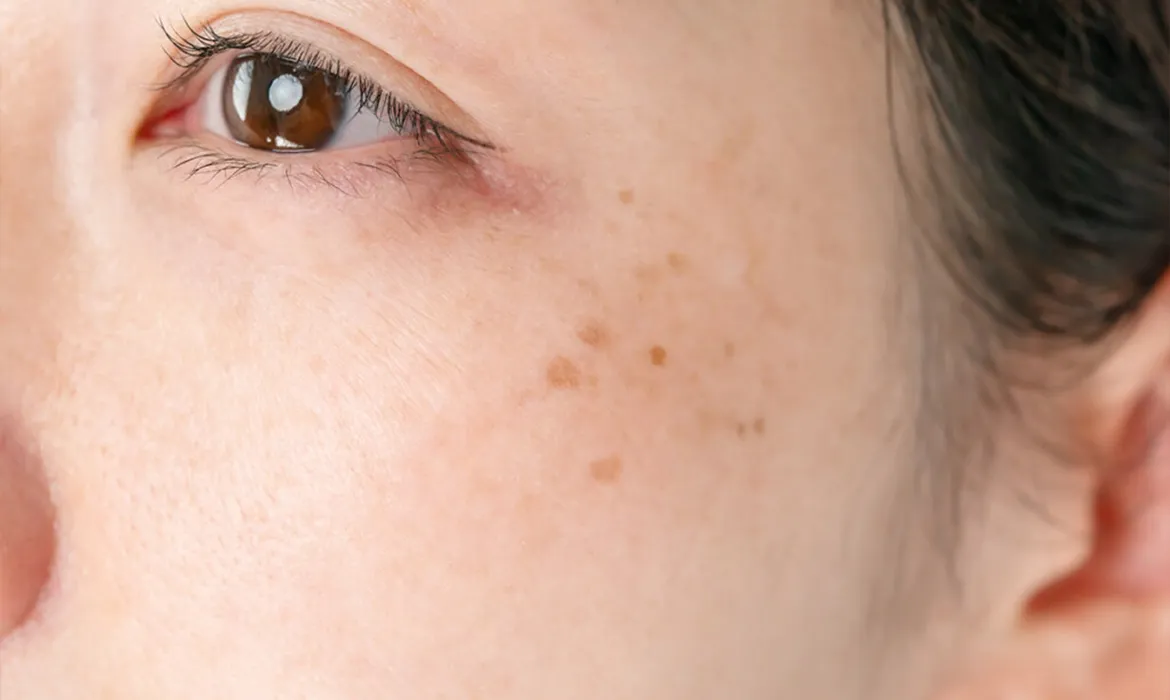Hyperpigmentation refers to an overproduction or irregular distribution of melanin, the skin’s natural pigment, often resulting in dark patches or spots. This condition may stem from various factors such as chronic sun exposure (solar lentigines), hormonal changes (melasma), inflammation (post-inflammatory hyperpigmentation), and skin injuries like acne or eczema. Melanogenesis, the process of melanin production, is regulated by enzymes such as tyrosinase and influenced by UV radiation, oxidative stress, and inflammatory cytokines. Hormonal influences, particularly elevated estrogen and progesterone levels, can trigger melanocyte activity, which is why pigmentation often worsens during pregnancy or with oral contraceptive use. Individuals with darker skin types (Fitzpatrick III–VI) are more prone to persistent pigmentation disorders due to their higher baseline melanin levels. Additionally, some medications (e.g., antimalarials, chemotherapy) and cosmetic procedures may induce hyperpigmentation. Environmental pollution has also been shown to exacerbate pigment disorders through free radical pathways.
Treatment strategies aim to suppress melanin synthesis, accelerate cell turnover, and protect against further UV damage. Topical depigmenting agents include hydroquinone, arbutin, kojic acid, azelaic acid, licorice extract, and tranexamic acid. Newer compounds such as cysteamine and resorcinol derivatives have shown promising results with fewer side effects. Sun protection with broad-spectrum SPF 50+ is critical in all stages of treatment. In resistant cases such as dermal melasma, a multimodal approach combining topicals, devices, and oral agents is often required. Maintenance therapy is essential to prevent relapse, especially in hormonally influenced or chronic sun-exposed conditions.
 Anti-Wrinkle Night Cream
2 × 950,000 T
Anti-Wrinkle Night Cream
2 × 950,000 T  Anti-Wrinkle Day Cream
1 × 840,000 T
Anti-Wrinkle Day Cream
1 × 840,000 T  Anti-Wrinkle Night Cream Travel Size
1 × 285,000 T
Anti-Wrinkle Night Cream Travel Size
1 × 285,000 T  Tinted Natural Sunscreen
1 × 710,000 T
Tinted Natural Sunscreen
1 × 710,000 T  Hyaluronic Acid Serum
1 × 860,000 T
Hyaluronic Acid Serum
1 × 860,000 T  Fluid Natural Sunscreen Travel Size
1 × 207,000 T
Fluid Natural Sunscreen Travel Size
1 × 207,000 T 